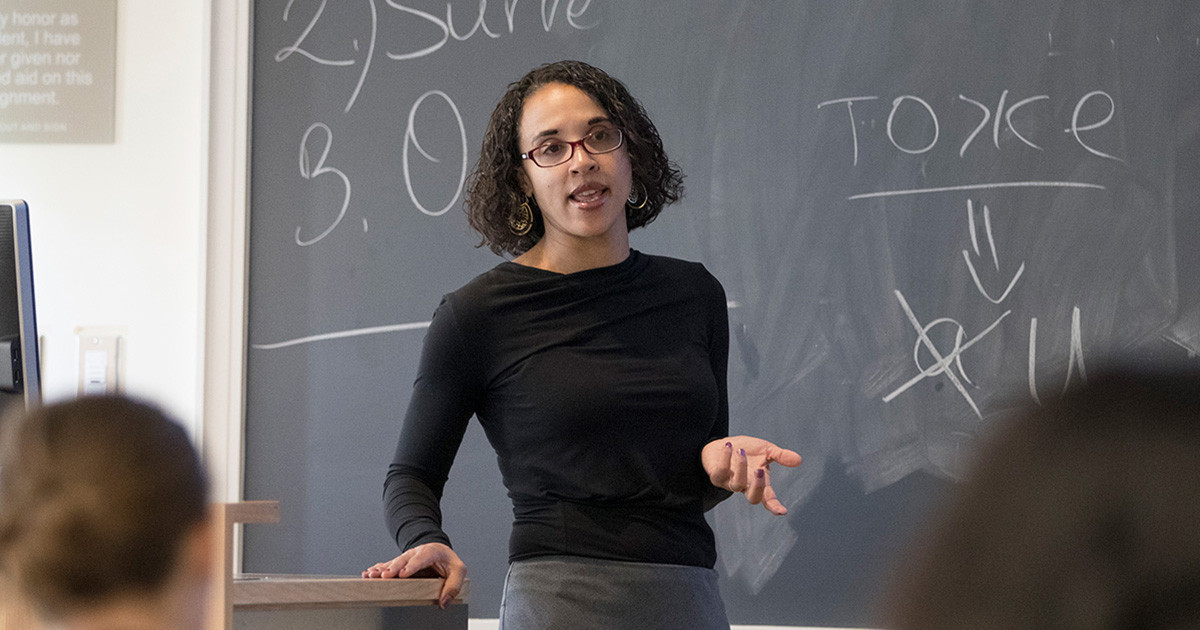
Maïté Brandt-Pearce
P.O. Box 400308
Booker House
Charlottesville, VA 22904-4308
The Vice Provost for Faculty Affairs develops and implements faculty policies, oversees the promotion and tenure process at the University, directs faculty development programs, assists faculty with dual career issues, and coordinates efforts to ensure the hiring and retention of excellent and diverse faculty.
Full Bio
The Vice Provost for Faculty Affairs develops and implements faculty policies, oversees the promotion and tenure process at the University, directs faculty development programs, assists faculty with dual career issues, and coordinates efforts to ensure the hiring and retention of excellent and diverse faculty.
Brandt-Pearce is a graduate of Rice University, where she earned a B.S. in Electrical Engineering, after which she worked with Lockheed in support of NASA Johnson Space Center. She then returned to Rice and earned an M.E.E. and Ph.D. in Electrical Engineering. Brandt-Pearce joined the University of Virginia faculty in 1993 and the Provost’s Office in 2018. Her primary teaching and research interests are optical communications, specifically visible light communications and cross-layer design of fiber optic networks. Brandt-Pearce is a Fellow of the IEEE and the recipient of an NSF CAREER Award. She is a co-recipient of Best Paper Awards at ICC 2006 and GLOBECOM 2012 and has over 200 technical publications.
Professor Brandt-Pearce at the School of Engineering
Dr. Maïté Brandt-Pearce is a professor of Electrical and Computer Engineering at the School of Engineering and Applied Science and Vice Provost for Faculty Affairs at the University of Virginia . She joined UVA after receiving her Ph.D.
Related Website

Faculty Affairs
Faculty Affairs assists the schools in faculty recruitment and retention, promotion and tenure, professional and leadership development, and faculty diversity.